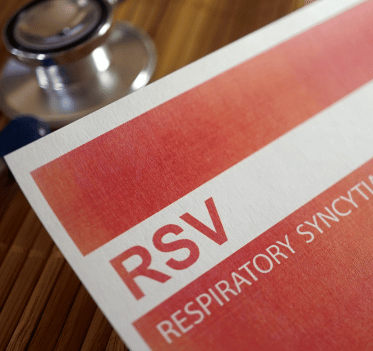A Comprehensive Guide to Respiratory Syncytial Virus for All Ages
RSV, short for Respiratory Syncytial Virus, might sound like a complex term, but its impact on health, particularly on the respiratory system, is significant. While it's often associated with children, RSV can affect individuals of all ages, albeit with varying degrees of severity. In this blog post, we'll delve into what RSV is, who it affects, how it can be treated, what to look out for, and when to seek medical attention. Additionally, we'll explore some strategies for managing symptoms, including the surprising benefits of cold air.
What is RSV?
Respiratory Syncytial Virus (RSV) is a common respiratory virus that can affect individuals of all ages. It primarily targets the respiratory tract, causing symptoms ranging from mild cold-like symptoms to severe respiratory distress. RSV is highly contagious and spreads through respiratory droplets when an infected person coughs or sneezes.
Who does RSV affect?
While RSV is commonly associated with infants and young children, it can affect individuals of any age. Adults, particularly older adults and those with weakened immune systems or underlying health conditions, are also susceptible to RSV. However, the severity of the illness tends to be milder in adults compared to young children.
How is RSV treated?
There is no specific treatment for RSV. In most cases, treatment focuses on managing symptoms and providing supportive care. This may include over-the-counter pain relievers to reduce fever and discomfort, staying hydrated, and getting plenty of rest. In severe cases, particularly in infants and older adults, hospitalization may be necessary to provide additional support such as oxygen therapy and intravenous fluids.
What to look for:
Symptoms of RSV can vary depending on the age and overall health of the individual. Common symptoms include:
- Coughing
- Sneezing
- Runny or stuffy nose
- Fever
- Wheezing
- Difficulty breathing
- Rapid breathing
- Cyanosis (blue discoloration of the lips or nail beds)
When to seek medical attention:
While most cases of RSV resolve on their own with supportive care, certain symptoms warrant prompt medical attention. These include:
- Difficulty breathing or rapid breathing
- Persistent fever
- Severe coughing or wheezing
- Signs of dehydration (e.g., decreased urine output, dry mouth)
- Cyanosis (blue discoloration of the lips or nail beds)
If you or your child experience any of these symptoms, it's important to seek medical care promptly.
Managing RSV symptoms with cold air: Interestingly, cold air can provide relief for some individuals with RSV. Cold air helps to reduce inflammation in the airways, making breathing easier. However, it's essential to use caution when exposing yourself or your child to cold air, especially if the temperature is extremely cold. Avoid prolonged exposure and dress warmly to prevent hypothermia.
RSV is a common respiratory virus that can affect individuals of all ages, although it tends to be more severe in infants and older adults. While there is no specific treatment for RSV, supportive care can help manage symptoms and promote recovery. It's essential to be aware of the symptoms of RSV and seek medical attention if necessary, particularly if you or your child experience difficulty breathing or other severe symptoms. Additionally, cold air can provide relief for some individuals with RSV, but it's important to use caution to prevent adverse effects. By staying informed and taking appropriate measures, you can help mitigate the impact of RSV on your health and well-being.
